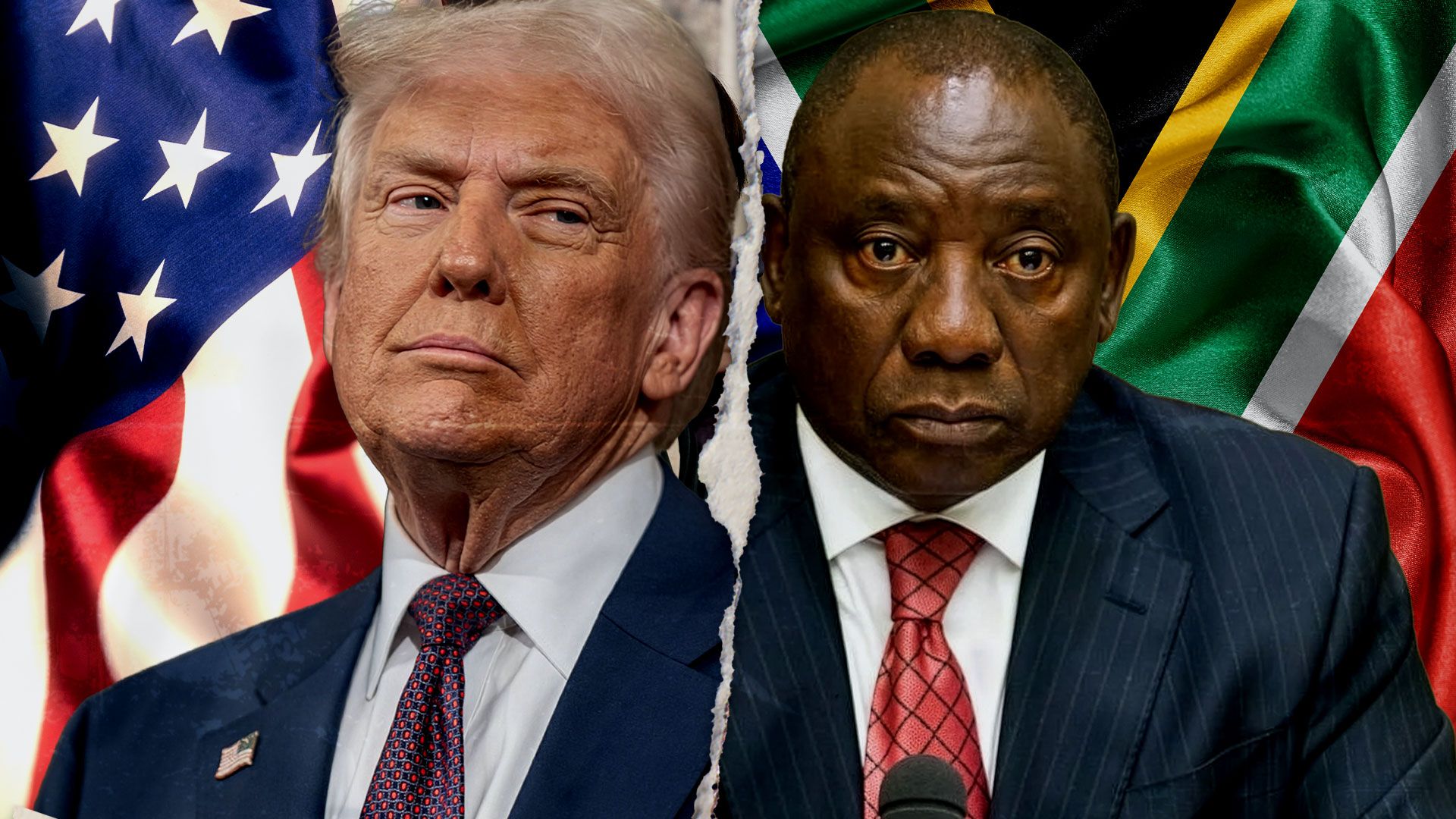October 2, 2025
The Rand’s Journey Against the Dollar in 2025
Unpacking the Undervaluation and Economic Implications

Risk Premium and Economic Policies
The undervaluation points to a substantial risk premium driven by domestic policies and geopolitical tensions. South Africa’s escalating government debt and economic strategies deemed hostile to foreign investment – such as stringent DEI/BEE requirements, Expropriation Without Compensation (EWC), and the Employment Equity Amendment Act – discourage capital inflow. These policies exacerbate foreign investor concerns, further amplified by South Africa’s contentious international stance, notably regarding the Middle East conflict and its alignment with global outliers like Iran, Hamas and Russia. Consequently, South Africa faces punitive tariffs of up to 30% on exports to the US, particularly affecting manufactured goods such as vehicles and automotive parts and agricultural products, eroding competitiveness in a major market for South African exports.
AGOA and Trade Dynamics
The African Growth and Opportunity Act (AGOA), a potential lifeline for duty-free trade with the US, faces an uncertain future and has just recently expired. While a temporary extension might stave off immediate impacts, the long-term effectiveness of AGOA is compromised by existing US tariffs. With the trade program’s expiry and no bilateral deal to cushion the blow, South Africa’s export landscape appears precarious, particularly for sectors like automotive and agriculture, which already bear elevated costs due to new tariffs.
Economic and Job Market Consequences
Compounded by a sharp decline in foreign direct investment, illustrated by the R73.5 billion outflow during Anglo American’s strategic divestments, South Africa confronts economic headwinds. The consequences are visible in the labour market, where formal employment dropped by 229,000 jobs from June 2024 to June 2025. The automotive sector, a significant employer, has been especially hard hit; vehicle exports to the US have diminished dramatically, costing the nation R16.7 billion over seven months. The employment crisis extends to community services and trade sectors, signalling broader economic distress.
Future Outlook
With global economic conditions and internal missteps continuing to strain the Rand’s value, inflation risks loom large. A weakened Rand could prompt increased consumer costs, impacting the South African Reserve Bank’s (SARB) inflation targeting and interest rate decisions. This potential cycle of lowered economic output, rising unemployment, and reduced growth forecasts could further depreciate the value of the Rand against the US Dollar and other major currencies.
The interwoven challenges underscore the importance of recalibrating economic policies to align with global trade realities and mitigate geopolitical risks. Addressing these factors may reverse some the Rand’s undervaluation and risk premium embedded in the exchange rate and harness its true economic potential. For South Africa, engaging more constructively on the international stage and revisiting economic strategies could unlock stability and growth, fostering a competitive edge in the global market during uncertain times this.











